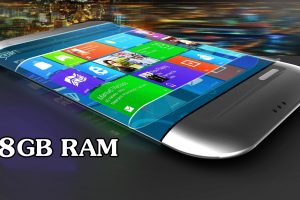Mobile devices have become an integral part of our daily lives. We use them for communication, entertainment, and even productivity. Behind the scenes, a crucial component powers the stunning graphics and smooth animations we see on our screens: the mobile GPU (Graphics Processing Unit).
In this article, we’ll explore four types of mobile GPUs that you should be aware of when choosing your next smartphone. We’ll break down the technical jargon, provide examples of devices that use these GPUs, and even include a handy comparison table to help you make an informed decision.
Related: The difference between a Graphics Card and a GPU
What is a Mobile GPU?
But before we dive into the specifics, let’s take a moment to understand the role a mobile GPU plays in our overall mobile experience. Imagine you’re engrossed in an intense mobile game, battling enemies and navigating treacherous terrain.
The stunning graphics and lifelike animations immerse you in the virtual world, making every moment feel real. This immersive experience is made possible by the mobile GPU, which handles the complex calculations required to render the game’s visuals in real time. Without a powerful GPU, the game would stutter, lag, and fail to deliver the captivating experience you crave.
A mobile GPU is responsible for rendering images, videos, and games on our smartphones and tablets, making it an essential consideration when choosing a device. In this blog post, we’ll explore the top types of mobile GPUs you should know, delving into their features and performance to help you make an informed decision.
Related: Top 7 Types of Mobile Processors (SoCs) You Should Know
1. Adreno GPUs
When it comes to mobile GPUs, one name that stands out is Adreno. Developed by Qualcomm, Adreno GPUs have gained widespread popularity and dominate the market. These GPUs offer exceptional performance, power efficiency, and advanced features that enhance the visual experience on mobile devices.
Adreno GPUs are known for their ability to handle graphics-intensive tasks with ease, whether it’s gaming, video playback, or augmented reality applications. They employ advanced rendering techniques and support the latest graphics APIs, delivering stunning visuals and smooth frame rates. Furthermore, Adreno GPUs integrate seamlessly with Qualcomm’s Snapdragon processors, ensuring optimal performance and power efficiency.
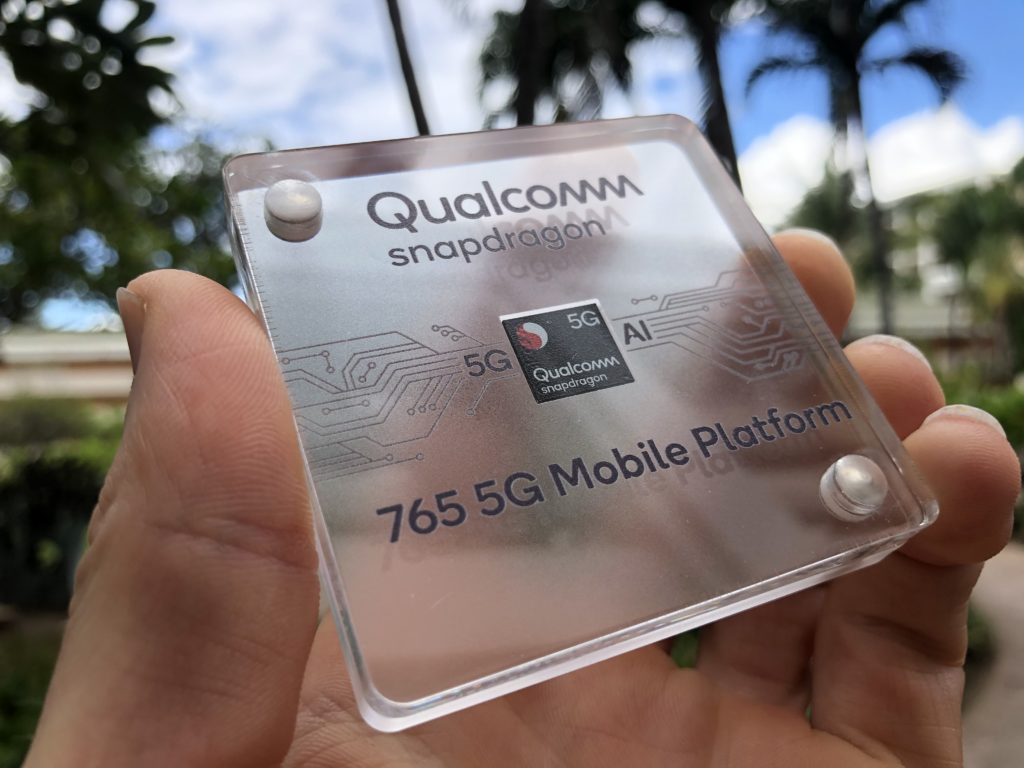
Examples of Devices Using Adreno GPUs:
- Samsung Galaxy S Series: Samsung’s flagship smartphones, such as the Samsung Galaxy S series, have often featured Adreno GPUs.
- Google Pixel Series: Google’s Pixel series of smartphones, including the Pixel 5 and Pixel 6, have utilized Adreno GPUs for graphics processing.
- OnePlus Smartphones: Many OnePlus smartphones, like the OnePlus 9 and OnePlus 8T, have incorporated Adreno GPUs.
- Xiaomi Mi Series: Xiaomi’s Mi series, including devices like the Xiaomi Mi 11, have been known to use Adreno GPUs.
- LG G Series: LG’s G series smartphones, such as the LG G8 and LG G7, have featured Adreno GPUs.
- Sony Xperia Series: Sony’s Xperia smartphones, like the Xperia 1 and Xperia 5, have also used Adreno GPUs.
2. Mali GPUs
While Adreno GPUs dominate the market, Mali GPUs, developed by ARM, have also made a significant impact on the mobile GPU landscape. Mali GPUs are known for their versatility, delivering a balance between performance and power efficiency.
One of the key strengths of Mali GPUs is their scalability. ARM offers a range of Mali GPUs, from entry-level to high-end models, catering to different device requirements and budgets. This scalability allows manufacturers to choose the GPU that best suits their target market, ensuring a diverse range of devices with varying levels of graphical prowess.
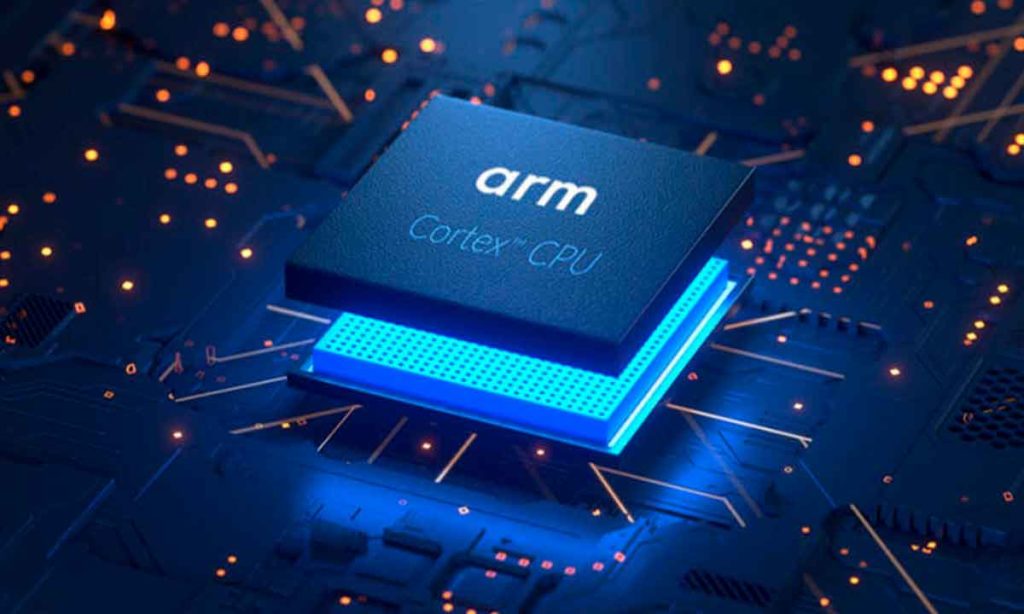
Examples of Devices Using Mali GPUs:
- Samsung Smartphones: Samsung has used Mali GPUs in some of their mid-range smartphones. The choice between Mali and Adreno GPUs may vary based on the specific model and region of the device, as mentioned in.
- Various Mobile Devices: Mali GPUs are used in a wide range of mobile devices, including smartphones and tablets. These GPUs are known for their efficiency and performance, making them a popular choice among device manufacturers.
- Huawei P Series: For example, the Huawei P40 Pro, part of the P Series, uses the Mali-G77 GPU.
Related: The difference between CPU and Cores
3. Apple’s Bionic GPUs
When it comes to GPU performance in the mobile world, it’s hard to overlook Apple’s custom-designed GPUs. These GPUs, integrated into Apple’s Bionic chips, have consistently set the standard for mobile graphics. They’re optimized to work seamlessly with iOS, resulting in impressive gaming and graphics experiences.
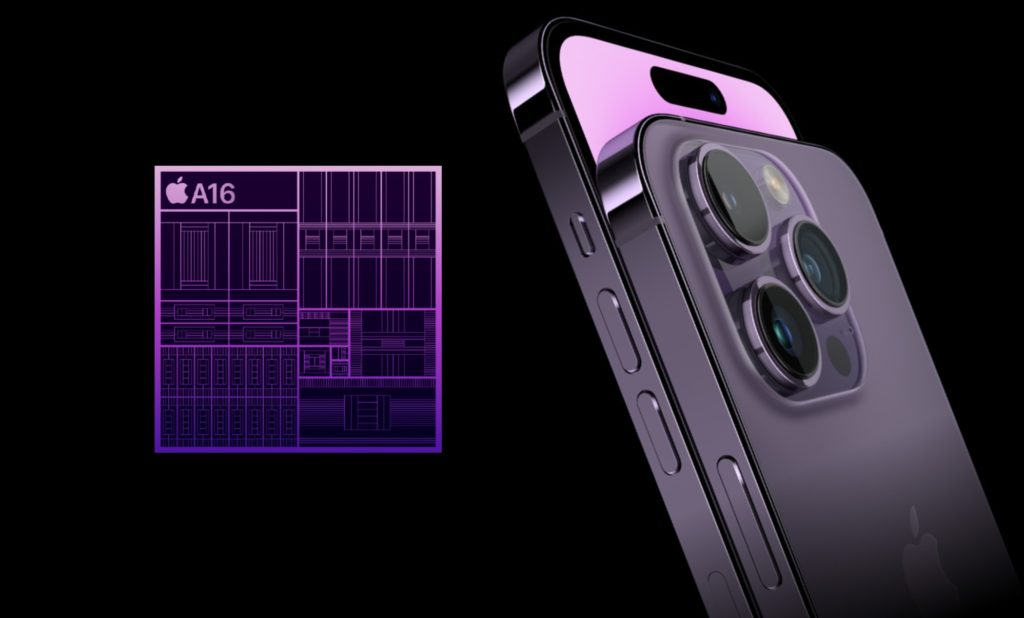
Devices Using Apple’s Bionic GPUs:
- iPhone Series: Every iPhone, from the iPhone 8 onwards, features Apple’s custom GPUs. The latest models offer outstanding graphics performance, making them a favorite among mobile gamers.
- iPads
4. PowerVR GPUs
Next on our list is PowerVR, developed by Imagination Technologies. PowerVR GPUs have a long-standing history in the mobile GPU market and have powered numerous flagship devices over the years. These GPUs are known for their exceptional performance and advanced features.
PowerVR GPUs boast a unique architecture that focuses on delivering high-performance graphics while minimizing power consumption. This architecture allows PowerVR GPUs to handle complex graphics tasks efficiently, providing smooth animations and vibrant visuals. Additionally, PowerVR GPUs support advanced features like ray tracing, which brings realistic lighting and reflections to mobile devices.
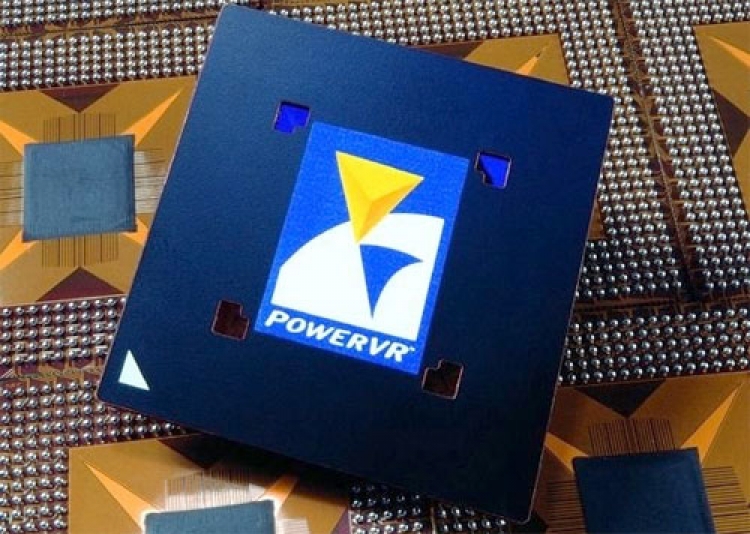
Furthermore, PowerVR GPUs offer excellent compatibility with a wide range of operating systems and graphics APIs. This ensures a seamless experience across different platforms and allows developers to create visually stunning applications that run smoothly on PowerVR-powered devices.
Examples of Devices Using PowerVR GPUs:
- Smartphones: Many smartphones have employed PowerVR GPUs for graphics processing. These GPUs are often found in devices from manufacturers like Apple and various Android phone makers.
- Tablets: Tablets from different brands have also utilized PowerVR GPUs to deliver smooth and immersive graphics performance.
- Gaming Consoles: PowerVR GPUs have been integrated into some gaming consoles, enhancing the gaming experience with high-quality graphics.
- In-Vehicle Infotainment Systems: PowerVR GPUs have been integrated into in-vehicle infotainment systems to provide advanced graphics capabilities for navigation and entertainment.
- Wearable Devices: Some smartwatches and wearable devices use PowerVR GPUs to handle graphical tasks and user interfaces.
- IoT Devices: Internet of Things (IoT) devices, such as smart cameras and home automation hubs, have benefited from PowerVR GPUs for image processing and user interfaces.
GPU Comparison Table
Here’s a handy comparison table to summarize these mobile GPUs:
| GPU Type | Performance | Price | Ubiquity in Market |
|---|---|---|---|
| Adreno | Mid-High | Varies | Common |
| Mali | Balanced | Varies | Common |
| Apple's Bionic GPUs | High | Premium | Exclusive |
| Power VR | Balanced | Varies | Common |
Keep in mind that while GPU performance is essential, other factors like CPU, RAM, and overall software optimization also influence your phone’s performance. So, when shopping for a new smartphone, consider the entire package.
Related: MediaTek SoC Guide: All of MediaTek’s Smartphone Processors Explained
Wrapping Up!
As we conclude our journey through the world of mobile GPUs, remember that the GPU is a crucial factor when choosing your mobile device. Whether you’re a gamer, content creator, or someone who appreciates stunning visuals, selecting a device with a powerful GPU ensures a superior mobile experience. For more tech insights and comparisons, stay tuned with Dignited.




